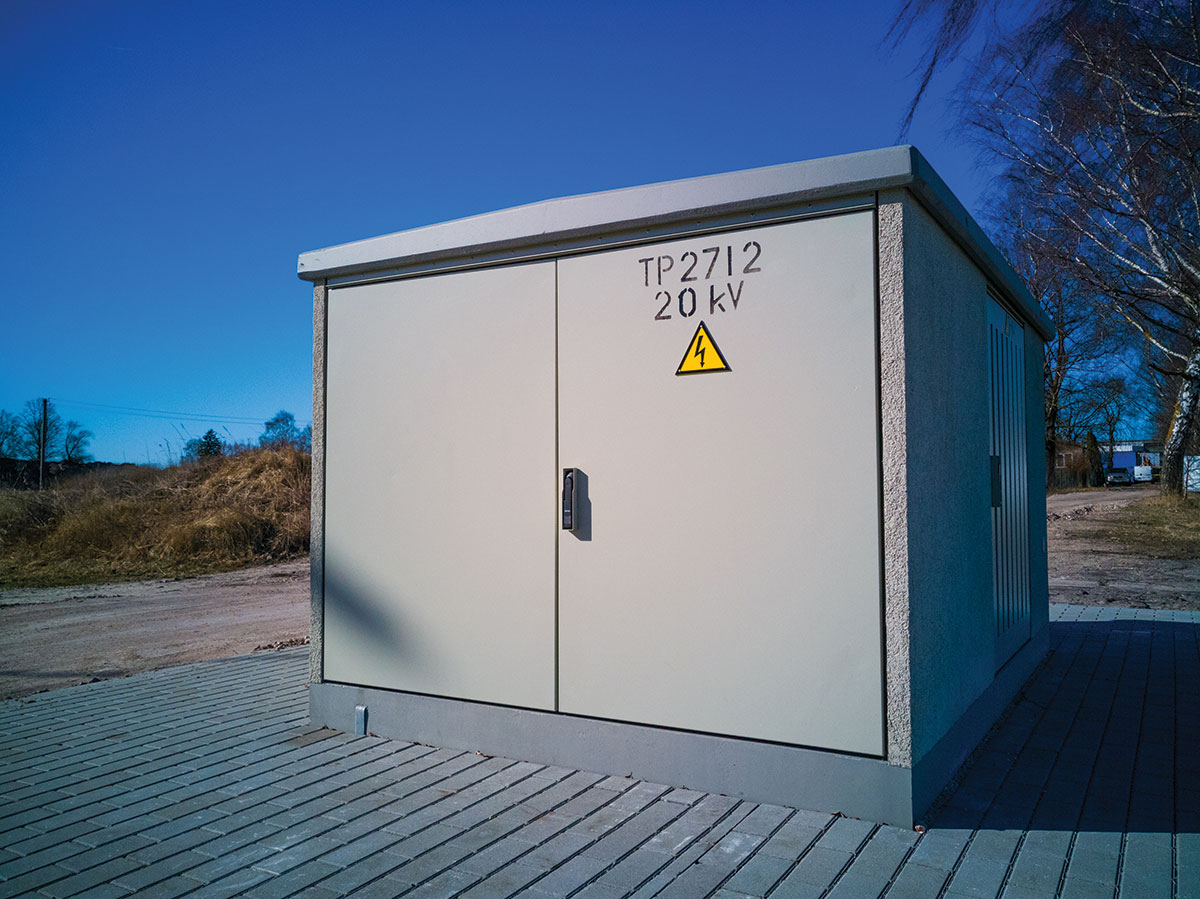This article defines continuous loads, explains why this definition is important, and demonstrates how wiring methods affect the ratings of continuously operated electrical equipment. We begin with Canadian Electrical Code, Rule 8-302(2) which specifies the following: “A load of cyclic or intermittent nature shall be classified as continuous unless it meets the requirements of Rule 8-104(3).
This takes us to Rule 8-104(3) which requires that a calculated load must be considered continuous when:
Why do we need to pay attention to these rules? Going back to the cyclic loads mentioned in Rule 8-302(2)—they are considered continuous when the ON portion of their load cycles meets the criteria specified in Rule 8-104(3). Obviously, as defined above, electrical loads not only must be considered continuous when they are continuous, but also when they are cyclic and ON for more than 50% of the time. Rules 8-104(4) and (5) provide further details on the application of this rule.
Rule 8-104(4) tells us that electrical equipment such as panelboards or switchboards, when marked as suitable for continuous operation at 100% of their ampere ratings, are permitted to operate continuously up to 100% of rated amperes when the equipment is connected using Table 2, copper conductors or Table 4, aluminum conductors (up to 3 current-carrying conductors in cable or raceway).
But if we make the decision to connect the equipment with wiring sized using the allowable ampacities of single conductors in free air, based on Table 1 or Table 3, then this same equipment, rated for continuous operation up to 100% of its ampere rating, must not be continuously loaded to more than 85%.
Why does the CEC restrict the operation of electrical equipment in this way? Certified electrical equipment is approved, based on test results derived from connection with wire sizes using the allowable ampacities of Tables 2 or 4 (up to 3 conductors in a cable or raceway). But the Canadian Electrical Code does allow us to wire the same equipment using the smaller wiring sizes found in Tables 1 or 3 for single conductors in free air. Smaller wiring sizes result in higher connection and operating temperatures. For this reason, the continuous operation of equipment so connected must be restricted to no more than 85% of its ampere rating.
We find an identical requirement in Rule 8-104(5), when electrical equipment is tested, approved and marked for continuous operation up to 80% of its ampere rating. Or the equipment may be unmarked, when we must also assume that the equipment is suitable for continuous operation only up to 80% of its continuous rating.
Rule 8-104(5) tells us that when electrical equipment such as panelboards or switchboards are marked as suitable for continuous loading to 80%, or they are unmarked, the equipment may be continuously operated up to 80% of its rating in amperes using the conductor sizes of Tables 2 or 4.
However, if we decide to use single conductors sized using the free air ratings of Tables 1 or 3, then the continuous operation of the equipment must be reduced to 70% of its ampere rating for the same reasons discussed above.
Another important point to remember—The single-conductor conductor sizes of Tables 1 or 3 cannot be reduced to match the reduced loadings. In all of the above circumstances, wire sizes must conform to the equipment ratings.
Electrical loads are often a combination of continuous and non-continuous calculated loads.
Example: A 2000-ampere switchboard is marked for continuous operation up to 80% of its ampere rating. The wiring method selected is single-conductor copper wiring and the wire sizes are selected from Table 1. Will the Canadian Electrical Code permit this equipment to supply a 1600-ampere load, half of which fits the definition of continuous and the other half, non-continuous?
Since single-conductor wiring based on Table 1 has been selected, the continuous portion of the total calculated load must be derated to 70% of the rating of the equipment.
Therefore:
The calculated continuous portion of the total load is 800/.70 = 1143 amperes;
The non-continuous portion of the total load is 800 amperes
The total calculated load is 1943 amperes
Answer: In this example, the switchboard may supply the calculated 1943-ampere load using conductors based on Table 1, since the total of the derated continuous load plus the non-continuous load come to no more than 2000 amperes.
As with previous articles, you should always consult with the electrical inspection authority in each jurisdiction as applicable for a precise interpretation of any of the above.














Find Us on Socials